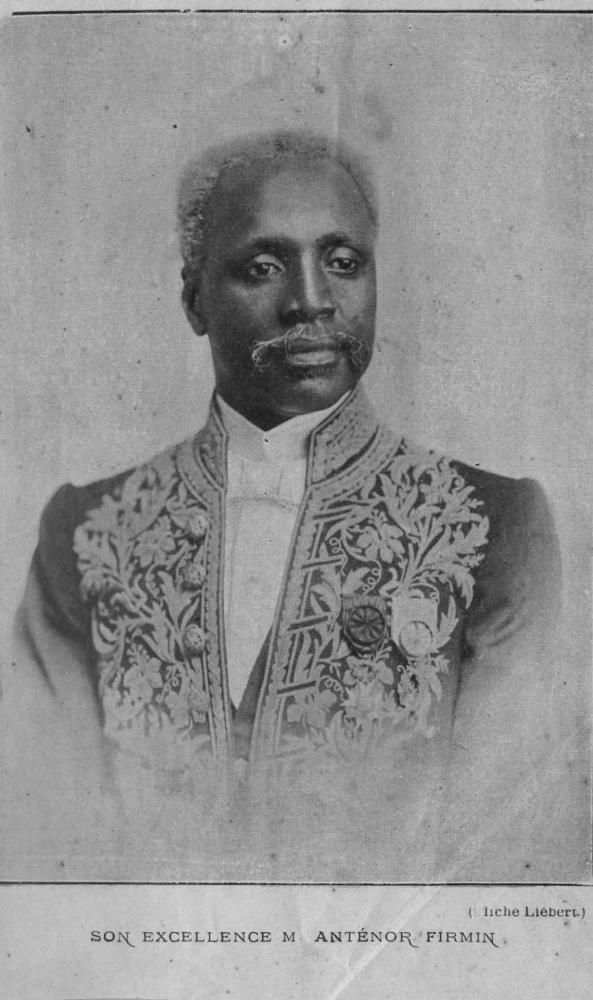In his preface to the Critique of Pure Reason, Kant sketches his vision of philosophy’s task after the transcendental turn. For the purposes of this essay, I will limit my discussion to metaphysics, which is also the subject of this first Critique. Kant famously calls metaphysics “the queen of all the sciences” (A viii). He traces a path between the dogmatism (despotic tyranny) and skepticism (complete anarchy) that he says have characterized most previous metaphysics. Kant notes that Locke had attempted but failed to “put an end to all these controversies … through a certain physiology of the human understanding” (A ix). Kant puts this point more strongly still in the preface to the second edition, where he compares the path of metaphysics to other sciences. Logic has “travelled the secure course of a science” since Aristotle (B vii). The path of logic has been relatively easy, though, since it “has to do with nothing further than itself and its own form” (B ix). Metaphysics, by contrast, “has to deal with objects [Objecte] too,” and therefore “logic as a propaedeutic constitutes only the outer courtyard, as it were, to the sciences” (B ix).
Kant’s task is to put metaphysics on the same “secure course of a science” as mathematics and physics. The task of the philosopher is to undertake this kind of scientific inquiry with respect to reason itself. What does this path of metaphysics as science consist in? Well, Kant says, up to now “it has been assumed that all our cognition must conform to the objects.” Since this has “come to nothing,” Kant tells us, “let us once try whether we do not get farther with the problems of metaphysics by assuming that the objects must conform to our cognition” (B xvi). Here he makes an analogy with Copernicus. Before the Copernican Revolution, celestial phenomena were explained as dependent on the motion of heavenly bodies alone, since the Earth was stationary; after Copernicus, these same observed phenomena were explained as dependent on both the motion of heavenly bodies and the motion of the Earth. Kant proposes something analogous: before him, the phenomena of human experience were explained as dependent on the sensible world, with the mind uninvolved in structuring these phenomena; Kant argues, by contrast, that the phenomena of human experience are structured by both sensory data and a basic structure supplied by the human mind. Instead of a sensible world orbiting around a stationary mind, both the mind and objects are involved in structuring the phenomena of human experience. “This experiment,” Kant says, “promises to metaphysics the secure course of a science,” not least because it borrows its structure from the very revolution that also set astronomy on the secure course of a science. Kant is thus “undertaking an entire revolution [in metaphysics] according to the example of the geometers and natural scientists” (B xxii).
Continue reading “An Articulation of the Prefaces to Kant’s Critique of Pure Reason“


